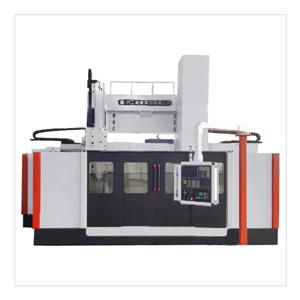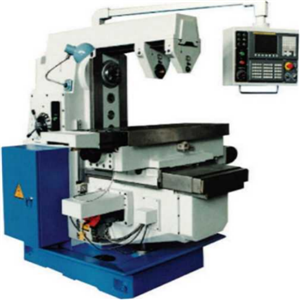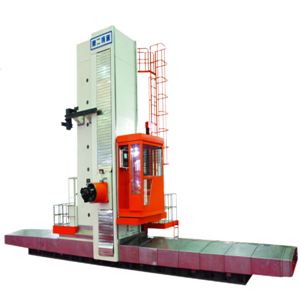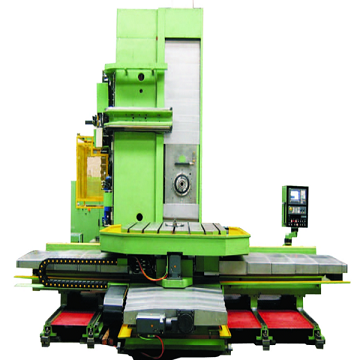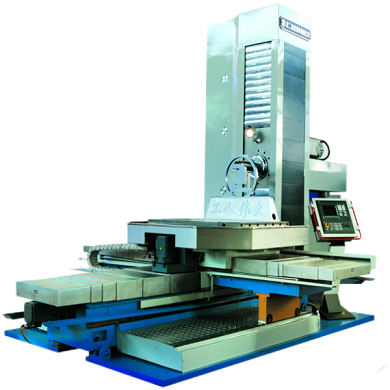Understand horizontal boring and milling machines
Horizontal and vertical machine tools may look very similar, and in many cases their working methods are also very similar, but there are also some key differences that can affect our decision to choose which machine tool to use. The main difference between them lies in the way the cutting head and spindle axis move, whether it is left or right or up or down.
Horizontal boring machine is one of the universal machine tools, which is used to drill holes on large and heavy parts, such as engine frame, steam engine cylinder, machine shell, etc. It is actually impossible to maintain and rotate in an engine lathe or drilling machine. Therefore, the development of horizontal boring machines is mainly aimed at achieving this.
On a horizontal milling machine, the cutting tool is installed on a horizontal spindle. These are usually used to make grooves, bevels, and grooves on the surface of the workpiece. The horizontal spindle provides greater stability for cutting tools, allowing for faster rotation and deeper cutting compared to vertically installed cutting tools. Similarly, the adjustable knees allow for vertical movement of the workbench. The spindle of a standard horizontal milling machine is usually fixed, which means that the workbench must move in a direction parallel to the horizontal spindle.
A horizontal milling machine has one or two horizontal spindle milling machines, which are called single milling and double milling, respectively. Combination milling can also be performed on a horizontal milling machine, which uses multiple cutting tools installed on a single horizontal spindle. Row milling is an excellent technique that can shorten the production time of parts with multiple grooves or grooves.
Like vertical milling machines, horizontal milling machines have a rotating spindle. The spindle is horizontally installed above the bed. A cutting tool, usually a disc similar to a saw blade or grinder, can move along the length of the spindle. This allows the horizontal milling machine to remove materials along the length of the workpiece, and can even be used as a planing machine for precision machining of the entire surface. When combined with a turntable, a horizontal mill is almost as versatile as a vertical mill.
Horizontal milling machines can perform heavier and deeper cutting. Usually, horizontal machine tools have heavier horsepower motors and larger bed bodies, making them an ideal choice for heavy-duty environments. Many manufacturing companies use them to cut grooves or grooves on workpieces, such as T-grooves. The horizontal milling machine can also perform milling operations at different angles of positioning.
The working principle of a horizontal milling machine: A horizontal milling machine does not use a fixed spindle. When the horizontal spindle spans the entire length of the bed, multiple cutting tools can be installed on the horizontal spindle that crosses the workbench. The rotating tool presses on the workpiece and removes excess material to produce the required CNC milling parts. Some horizontal machines have a built-in turntable that allows for milling at different angles.

